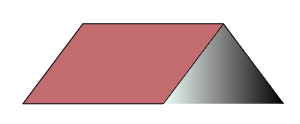buy to let mortgages
Tenancy Deposit scheme
Information on this page is for information purposes only. It is not intended as investment advice
Tenancy Deposit Protection
If the tenancy agreement started after 6 April, 2007 the landlord will need to address tenancy deposit protection.
The housing act dated 2004 confirms that the deposit paid is the tenants money and that the tenants should be able to recover their deposit at the end of the tenancy
You must protect deposits taken from your tenant within 30 days of receiving it.
The landlord does not have to protect a holding deposit – that is money paid to secure a property in advance of moving in
These schemes ensure the tenant is returned their deposit providing they meet the terms of the tenancy agreement, they don’t damage the property
and they pay the rent and bills that are due.
All landlords must use one of several government authorised tenancy deposit protection schemes:
This service is free to use and can be administered online. Deposit funds are held by UK approved banks.
Deposit funds are released when both landlord and tenant agree to the release
My deposits is a chargeable service which can be administered online. The offer an award winning dispute resolution service
This award winning scheme is a chargeable service and can be administered online
The landlord must use a tenancy deposit scheme, even if the deposit is paid by someone else.
Within 30 days of receiving the deposit, the landlord must tell the tenant:
- The address of the rented property
- How much deposit they have paid
- How the deposit is protected
- The name and contact details of the TDP scheme and its dispute resolution service
- A contact name and contact details
- The name and contact details of any third party that’s paid the deposit
- Why the landlord might keep some or all of the deposit
- How to apply to get the deposit back
- What to do if you can’t get hold of the landlord at the end of the tenancy
- What to do if there’s a dispute over the deposit
